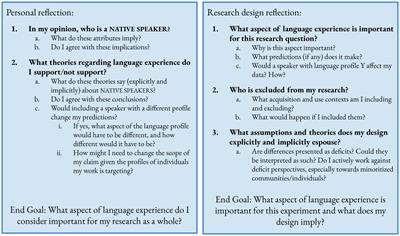Advertising language is a special type of language that is used to promote products, services, or ideas to a target audience. It is characterized by certain linguistic features that help to persuade and influence the audience to take a particular action, such as purchasing a product or supporting a cause. In this essay, we will explore some of the linguistic characteristics of the language of advertising and how they are used to achieve the desired effect.
One of the most prominent linguistic characteristics of advertising language is the use of slogans and catchphrases. These are brief, catchy phrases that are meant to be easily remembered by the audience and serve as a kind of shorthand for the product or service being advertised. For example, "Just Do It" is a well-known slogan used by Nike to promote their athletic clothing and footwear. Slogans and catchphrases are often used in conjunction with memorable images and visuals to create a strong and lasting impression on the audience.
Another linguistic characteristic of advertising language is the use of rhetorical devices. These are techniques used to persuade the audience through the use of language, such as appeals to emotion, logic, or credibility. One common rhetorical device used in advertising is the appeal to emotion, which seeks to evoke a specific emotion in the audience in order to influence their behavior. For example, an advertisement for a charity might use images of suffering children to evoke feelings of sadness and compassion in the viewer, in order to encourage them to donate to the cause.
Advertising language is also characterized by the use of hyperbolic and exaggerated language. This is done to create a sense of urgency or importance, and to make the product or service being advertised seem more appealing or desirable. For example, an advertisement for a weight loss product might claim that it will "melt away pounds in just days" or that it is "the most powerful weight loss solution on the market." These statements are often not literally true, but they are meant to create a strong impression on the audience and encourage them to take action.
In addition to these linguistic characteristics, advertising language is often designed to be memorable and easy to understand. This is especially important for advertisements that are broadcast on television or radio, where the audience may only have a few seconds to absorb the message. To make the most of this limited time, advertisers often use simple, straightforward language that is easy to understand and remember. This might involve using familiar words and phrases, or using repetition to drive the message home.
In conclusion, the language of advertising is characterized by the use of slogans and catchphrases, rhetorical devices, hyperbolic and exaggerated language, and a focus on memorability and simplicity. These linguistic characteristics are used to persuade and influence the audience to take a specific action, whether it is purchasing a product or supporting a cause. Understanding these linguistic characteristics can help us to better analyze and evaluate the messages that we encounter in advertising, and to make more informed decisions about the products and services we choose to support.




